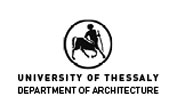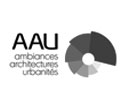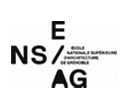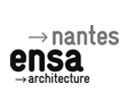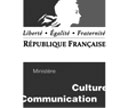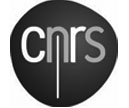Ambiances, tomorrow
A mature notion with constantly renewed usage (pragmatic dimension)
While the notion of ambiance has demonstrated its capacity to forge an international community and move knowledge and expertise forward, the time has come to analyse these developments, continue showcasing achievements and analyse the whole future of the concept. In other words, the Second Congress provided an answer to "What use do we currently make of the notion of ambiance?" We propose that the Third Congress be used to round out this question with another one, namely, what uses are currently emerging that enable us to envisage and design tomorrow's architecture, city and regions through the prism of the notion of ambiances.
Numerous researchers and designers draw upon applications from disciplines separated by strict boundaries to design spaces and conduct experiments. The very idea of the designer and subject-agent blend into one insofar as expertise is increasingly widely shared. Contemporary applications in both the social sciences and design, as well as the emergence of digital applications and on-board technologies are also an invitation to re-examine the split between analysis, project and production. As such, the very question of translating ambiances (between senses, disciplines, actors and languages) needs to be tackled head-on.
New unprecedented positioning and hybridation (theoretical dimension)
Changing uses and applications of ambiance-related technologies are daily testimony to increasing inter-disciplinary hybridation. What disciplines are currently focused on the notion of ambiance? How can we redefine their contours, fundamentals, tools and representations? How, where and towards what end do we currently perceive notions of ambiance and atmosphere? The – essentially inter-disciplinary – notion of ambiance has led to an increasing degree of porosity in uses between disciplines and their stakeholders as well as a similar range of experiments.
In particular, we will examine these developments with regard to a number of fertile research fields: architectural theory and criticism, research into urban and territorial conditions, research into the built environment, and the open-ended field of ecology (ecology of perception, ecology of attention and social ecology).
Evolving ambiances – the world yesterday, today and tomorrow (prospective dimension)
The world is changing, both in its built forms and in ways of living in, and inhabiting them. Economics and politics can change radically and sometimes violently in situations we had considered to be stable. The climate and the environment are changing. Territories are being transformed and day-to-day living spaces are undoubtedly undergoing major change. In both the private and the public sphere, sensorial space is being transformed both in appearance and in its forms of activation. There is an increasing degree of crossover between digital and physical space. Changing techniques and know-how renew the ways in which ambiances appear and how they are perceived.
How does the notion of ambiance help in analysing and impacting upon these changes? What ambiances lie along the horizon between a realistic and utopian perspective? What is the world's ambiantal future? Naturally the symmetrical question to this one is how do we gauge the ambiances of the past and, retrospectively, how were the ambiances of the future perceived in the past? How can we gauge how ambiances are changing between the short-term with its forceful impact, and longer-term changes?
Important Dates
4 Jan. 2016:
Deadline for abstract submission
20 Fev. 2016:
End of review phase
25-26 Fev. 2016:
Feedback to authors
3 May 2016:
9 May 2016:
NEW Deadline for article submission
21-24 Sept. 2016:
Congress

